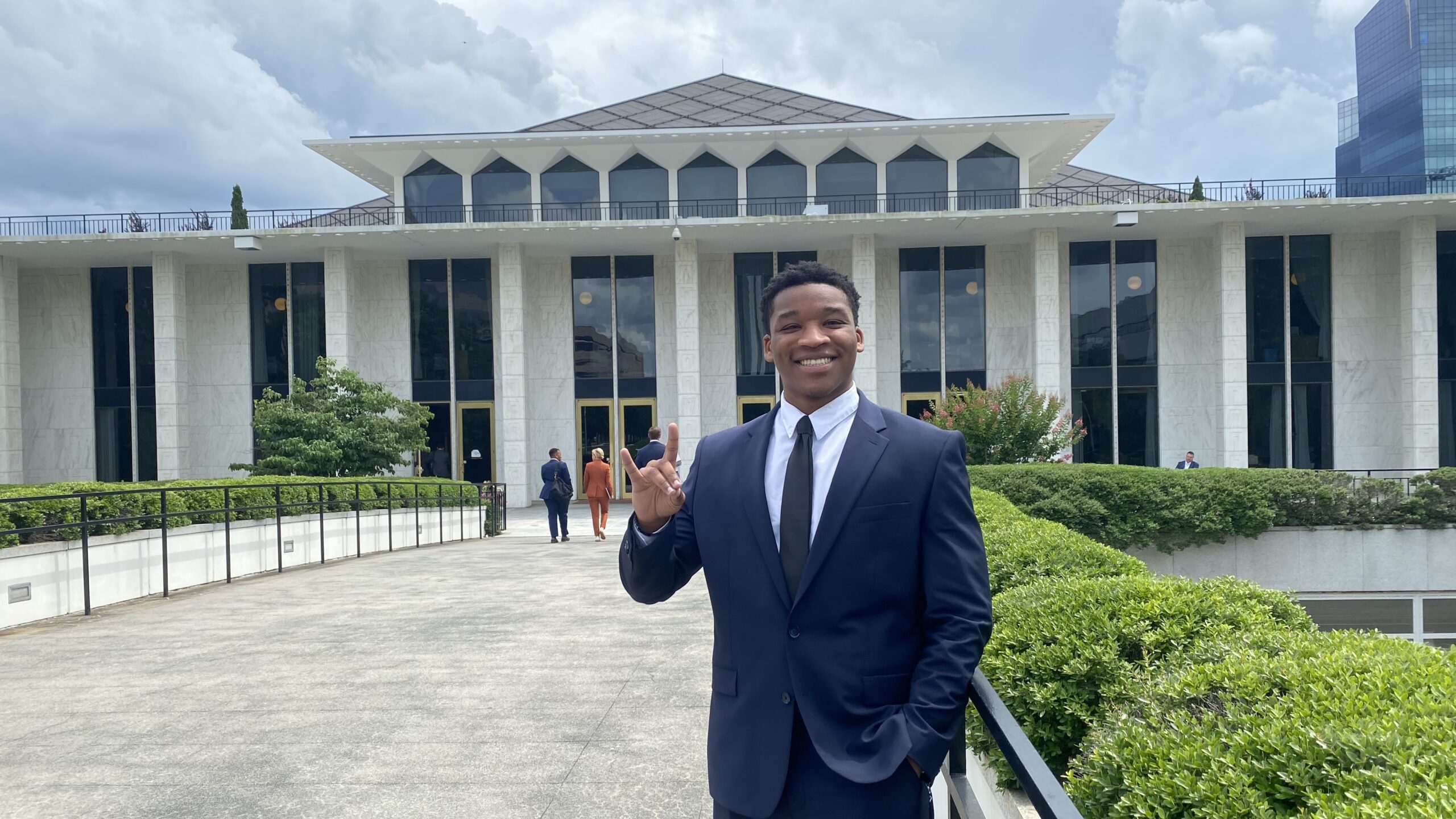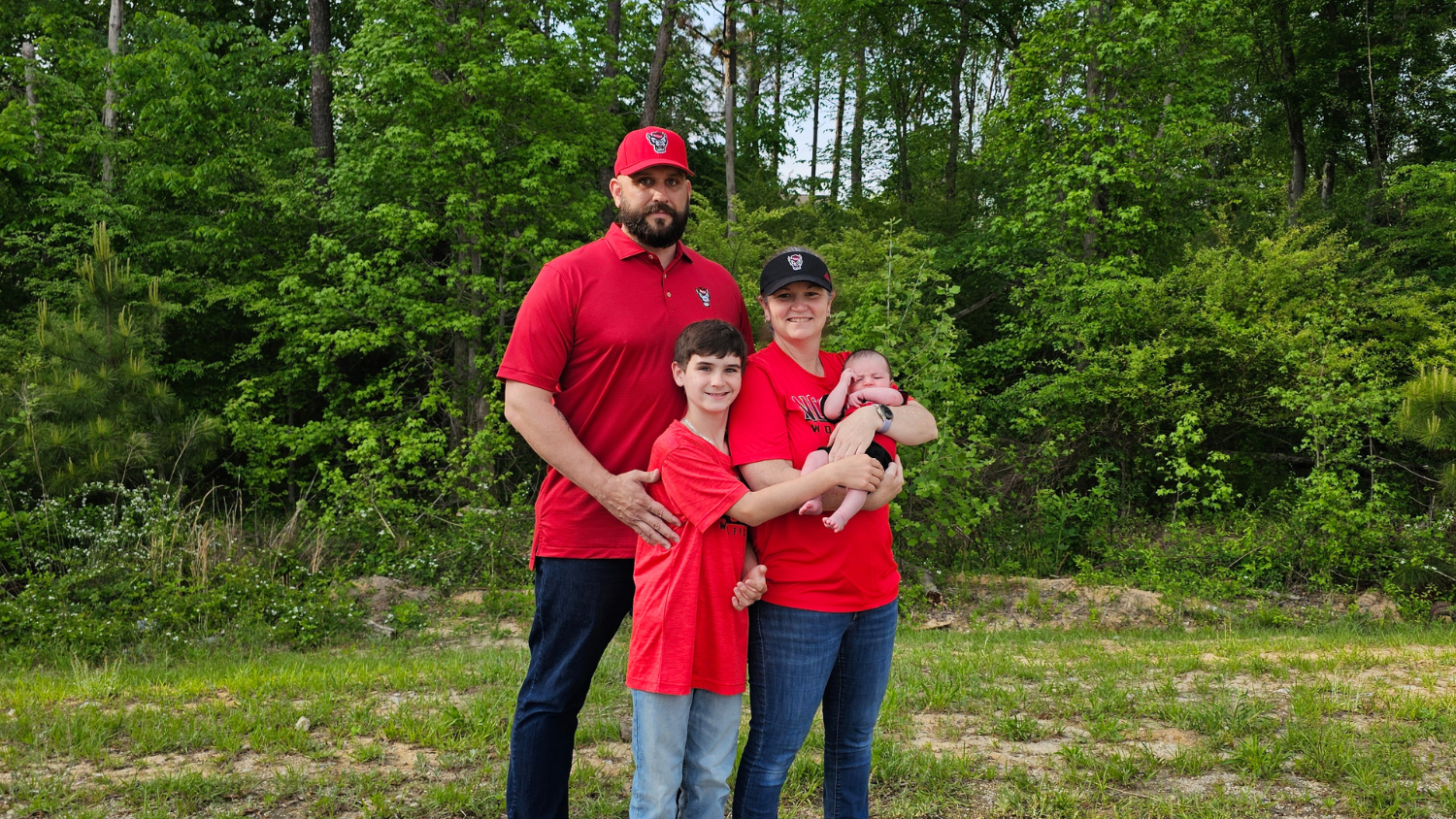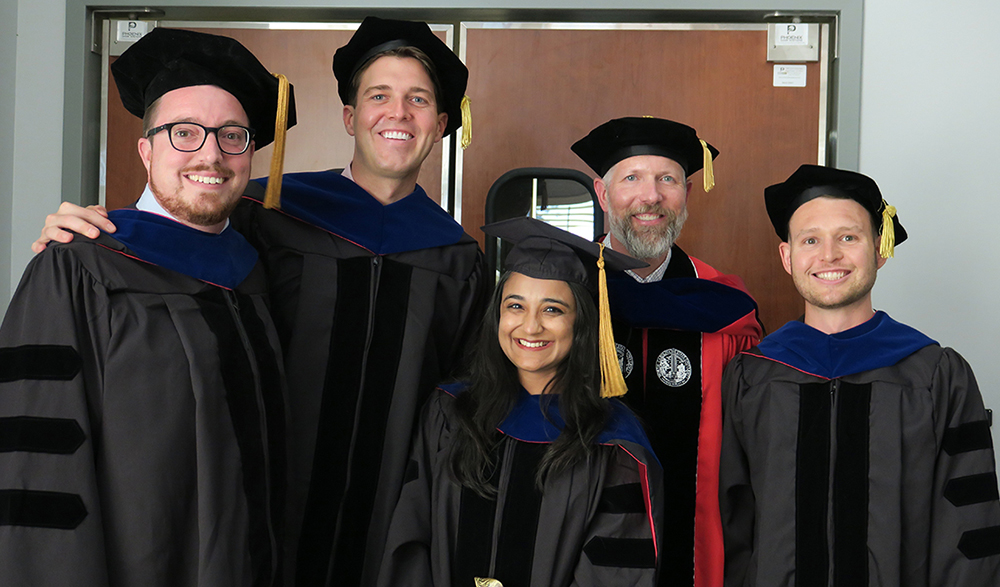Highlights from the discussion, “Media’s Influence on Public Opinion”
Media influence on public opinion has become a highly debated topic since the presidential election. On March 14, 2017 in Caldwell G 111, Dr. Greene and Dr. Taylor debated each other on this topic. Both political science faculty members presented interesting arguments. We have captured some highlights in case you missed the event.
- Consumers choose media that reinforce biases. News consumers already have implicit biases towards certain candidates, figureheads, and issues. In today’s media market those consumers have the option to choose to limit their attention to media that will only reinforce their existing biases. According to Dr. Greene, “…a lot of people simply seek out news that is going to confirm their opinions. The internet makes it easier to do this. Social media makes it easier to do this. Unfortunately, we are all the more likely to live in our filter bubbles where all liberals hear about is 24 million losing healthcare and all conservatives hear about is how you can’t trust the CBO.”
- The media has the duty to scrutinize governmental actions and policies. Dr. Taylor explained that many journalists saw the Obama administration as antagonistic towards them. News outlets at the time put considerable resources into locating leaks and their media source. The administration even went so far as to bar certain journalists from access to the President. Similarly, the Trump administration famously restricted CNN’s access to President Trump. The new administration has also reduced the number of news outlets with access to the President.
- Consumers are increasingly looking to social media for their news. Consumers cannot rely on the accuracy of articles appearing on social media outlets. Nevertheless, consumers increasingly access their information through social media. Consequently, Dr. Greene argued that if Facebook can create an algorithm that finds articles similar to the ones you clicked on, it should be able to use another algorithm to filter out the news that contains misinformation. Dr. Taylor voiced his distaste with the idea of Mark Zuckerberg being the decision maker regarding what news shows up on our feeds. Again, Dr. Taylor and Dr. Greene both agreed the best way to fight against this is to be a discerning news consumer.
- False equivalencies can be misleading. According to Dr. Greene people are quick to accept apparent similarities between separate events. One student brought up the parallels between the Nixon and Trump administrations. Nixon was very vocal about his distaste for the media just as Trump has been. Dr. Taylor agreed but pointed out that Trump and Nixon understood the same thing: people are sympathetic to the position of president and they can play to that.
- Consult multiple news sources for the truth. Dr. Greene emphasized that it’s all about being an educated consumer. For example, he discouraged relying on Donald Trump’s Twitter account for news. He instead encouraged students to seek out reliable sources from all ends of the ideological spectrum, look for facts, and make decisions based on accurate information. Dr. Taylor added that consuming news from a variety of sources is also the best way to fight against our own biases.


